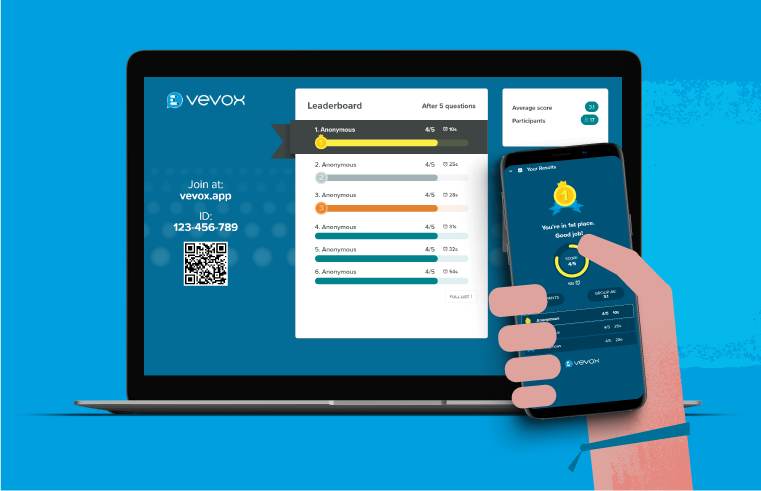Following on from the first two parts to this D&I trilogy (see links below for the first two articles) and after receiving lots of messages from my discussion posts on LinkedIn that mentioned the significance of making D&I part of your company culture, I thought it was only right that I published a separate article about this theme.
Part 1: “Defining Diversity & Inclusion: Why is it important in the workplace?”.
Part 2: "Top tips from D&I experts on workplace inclusivity", featuring tips from Diversity & Inclusion Manager at Skipton Building Society, Strategy Comms & Engagement at Barclays and Equality, Diversity and Inclusion Project Officer at University of Birmingham.
Kellogg's is an example of just one large organisation that understands the importance of making inclusion part of their company culture and have started up their own initiatives such as the 'InKlusion Network' to ensure their culture is truly inclusive. You can see more about what this means in the video post below and why Kellogg's employees see the importance of an inclusive culture.
John Bryant, Former CEO of Kellogg's, stated: "Fostering diversity within our workforce and our supplier base is not just the right thing to do; it's critical for helping us achieve our strategic vision. An actively inclusive, welcoming and respectful work environment promotes employee engagement, drives innovation, improves retention and boosts productivity - all of which contribute directly to our bottom line."
A report by Josh Bersin and Deloitte found that inclusive companies are '1.7x more likely to be innovation leaders in their market'. But while there are lots of benefits to making your company truly inclusive, it can often seem overwhelming to know where to start or even how to stay on top of things. Hopefully these comments of advice from D&I professionals will give you some useful tips and reminders for you to takeaway:
Make it part of your company culture and community
 Tolulope Oke, Diversity and Inclusion Manager at Sainsbury's
Tolulope Oke, Diversity and Inclusion Manager at Sainsbury's
"Key pillars will be shifting away from emphasis on diversity, to inclusive culture. Culture sets the tone and address much more than protected characteristics. Culture then encompasses how you challenge bad behaviours, promote good behaviours, take bold actions, act with intergrity, and treat others fairly!".

Lucy Keeling, Equality, Diversity and Inclusion Officer at Aston Villa Football Club
"Benjamin, working in football I believe we are going through a transition period due to high profile cases of discrimination. Governing bodies are moving in the same direction I feel better than before. Fans are policing fans. Workplace culture influences Club and fan culture. We need to ensure our Clubs represent our communities whilst embracing the global game. As mentioned quite a lot on here, demographic diversity is key, but the diversity of thinking cultures and ideas which comes from it is more important."
Emy Rumble-Mettle, Founder & Director at Being Human Ltd
"Inclusion is everyone's accountability, but it starts with leadership. Ensuring a culture where every person has the freedom to express themselves is key - psychological safety or trust has to be present in a business for true inclusion and diversity to thrive. Inclusion has to be lived by all! Privilege needs to be owned - we all have our own privileges we bring to the table - explore what yours are and encourage others to do the same, this helps no end in being able to have courageous conversations that challenge exclusion."
 Bo Young Lee, Chief of Diversity and Inclusion at Uber
Bo Young Lee, Chief of Diversity and Inclusion at Uber
“D&I needs to be something that every single employee at the company has a stake in.”
Show the value of D&I and take action
 Pam Brown, Head of Diversity & Inclusion at West Midland Ambulance Services
Pam Brown, Head of Diversity & Inclusion at West Midland Ambulance Services
"Managing diversity and inclusion is challenging. We must first understand the challenge and the conflicts that will occur and then begin to be honest about where we can actually engage with real inclusion and when we cannot. Inclusion of one view will be at odds with another so we need to be clear about what the baseline of values is. To say everyone can be their authentic selves at work with no frame of reference is a fallacy. So let's start with some fundamental truths."

Michael Valentine, Equality, Diversity & Inclusion Manager at McCann
"A mix of voices is indeed essential for bringing innovation and for equitable decision making, discussion and ultimately outcomes. The mix, however, shouldn't be constrained to the protected characteristics as our understanding of diversity has expanded since the implementation of the Equality Act 2010. Responsibility and follow through are pivotal for generating genuine and meaningful outcomes in inclusivity. All too often engagement begins and ends in the meeting room and where there are no immediate fiscal benefits, it is easy for many to switch off and move on to the next project. The uptake of responsibility and follow through comes via cultural change which is all to often a slow and arduous process, it takes time and perseverance, so my top tip is take your projects, initiatives and campaigns day by day, chip by chip, step by step and keep in mind the end goal. We will get there."
 Alex Storer, International Policy Adviser at The Law Society and Co-Founder of Diversity Pride
Alex Storer, International Policy Adviser at The Law Society and Co-Founder of Diversity Pride
"In my opinion, the most important thing to build workplace inclusivity is leadership and, importantly, a clear and consistent vision that is shared amongst all leaders and decision makers, and that is clearly articulated and shared with the whole organisation. Too often I still come across organisations where individual members of the leadership team have different opinions and explanations for the D&I work the organisation is doing. This causes lack of consistency and reduces trust and engagement from a workforce point of you. I always recommend to do a "DIV" analysis before the organisation gets busy with lots of D&I activities. DIV stands for: Diagnostic: understand the status quo, the current situation, challenges, opportunities, enablers, blockers etc. Intentions: fully explore (with honesty) the motivations, the drivers behind the decision to "do something about workplace inclusion". Vision: articulate a shared vision that is embraced by ALL leaders and clearly and consistently communicated to all employees. Once you've done that, you can move into Engagement and Interventions, hence completing the model approach we call DIVE-IN."
 Priya Bates, Founder of Inner Strength Communication
Priya Bates, Founder of Inner Strength Communication
"I appreciate the conversation happening around Diversity, Inclusion and Belonging. I think there is a proactive effort to change but when you look beyond the words and positive intentions, things are slow to change. Start with your values and your intended purpose. Take a real look... how are programs, practices and behaviours aligned or at odds with the words. Is the diversity of the workforce reflected in the executive team? How is it reflected in hiring and promotion practices. Are all voices heard and consulted with? Now that we're talking about it openly, it's hard not to see the disconnects. Words without action and evidence create disengagement."
Set realistic aims and create a shared vision of workplace inclusivity for your organisation
 Estelle Jackson, Diversity, Inclusion and Belonging Lead at Poly
Estelle Jackson, Diversity, Inclusion and Belonging Lead at Poly
"Know your values, your mission and your vision and communicate them repeatedly to your employees. Weave it through everything you do and hold everyone in your business accountable to them. We’re building a culture of pragmatic zeal at poly that we’re incredibly proud of. We’re doing culture sprints, reminding employees what our culture is about and how it can help them belong in our business. We’ve covered the walls of our offices with values posters and had some cool values stickers made as visual reminders of what we think is important to our business. We strive to make sure every employee has a voice, that that voice is heard and all opinions are valued and appreciated."
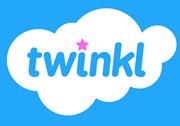
Emily Brown, Diversity and Inclusion Manager at Twinkl Educational Publishing
“Diversity and Inclusion needs to be a company-wide strategy and part of any company's mission.”
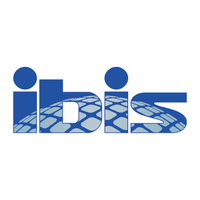 Alexandria Suggs, Diversity and Inclusion Consultant at IBIS Consulting Group
Alexandria Suggs, Diversity and Inclusion Consultant at IBIS Consulting Group
"A number of these comments hit on some very crucial elements with regards to inclusion and I think it is so important that we aren't just focusing on diversity here, but how both are needed (along with equity) to inform an org's culture. Accountability is key, from the very top to performance evaluations all the way down. What gets measured, gets managed. With this, it is important to ask your organization - what does accountability look like? It can't simply be words on a page but have real and direct connection to the organization's bottom line. Leadership buy-in, especially, is imperative. Without it - this work won't gain traction. Courageous dialogue from employees that helps one counter their own biases and increase their understanding. I'll also add that it takes individual awareness AND a systemic focus. What policies, practices and programs are embedding bias in your organization? Examples of systems my firm looks at include recruitment and hiring, career development, succession planning, performance management, etc. Are the practices within these systems equitable? Sometimes people forget that feeling like one belongs in the organization also means that they feel an organization was created with them in mind."
Conclusion
Determine what a truly inclusive culture means to your organisation and ensure your entire workforce has a part in the process and realise that D&I is everyone's responsibility. Create a shared vision of what the inclusive culture and display the value and impact of D&I to the company in inclusive townhall meetings and other channels of effective communication. Finally, always be true to your word, actively listen to your employees and follow through with your actions. Inclusivity has shown to positively impact companies in many ways (as shown in this D&I trilogy), but one of the most important things it helps to do is build trust.
Thank you to all of you that contributed to all of these articles with your tips and advice! In case you missed the other parts to this D&I trilogy:
Part 1: Defining Diversity & Inclusion: Why is it important in the workplace?


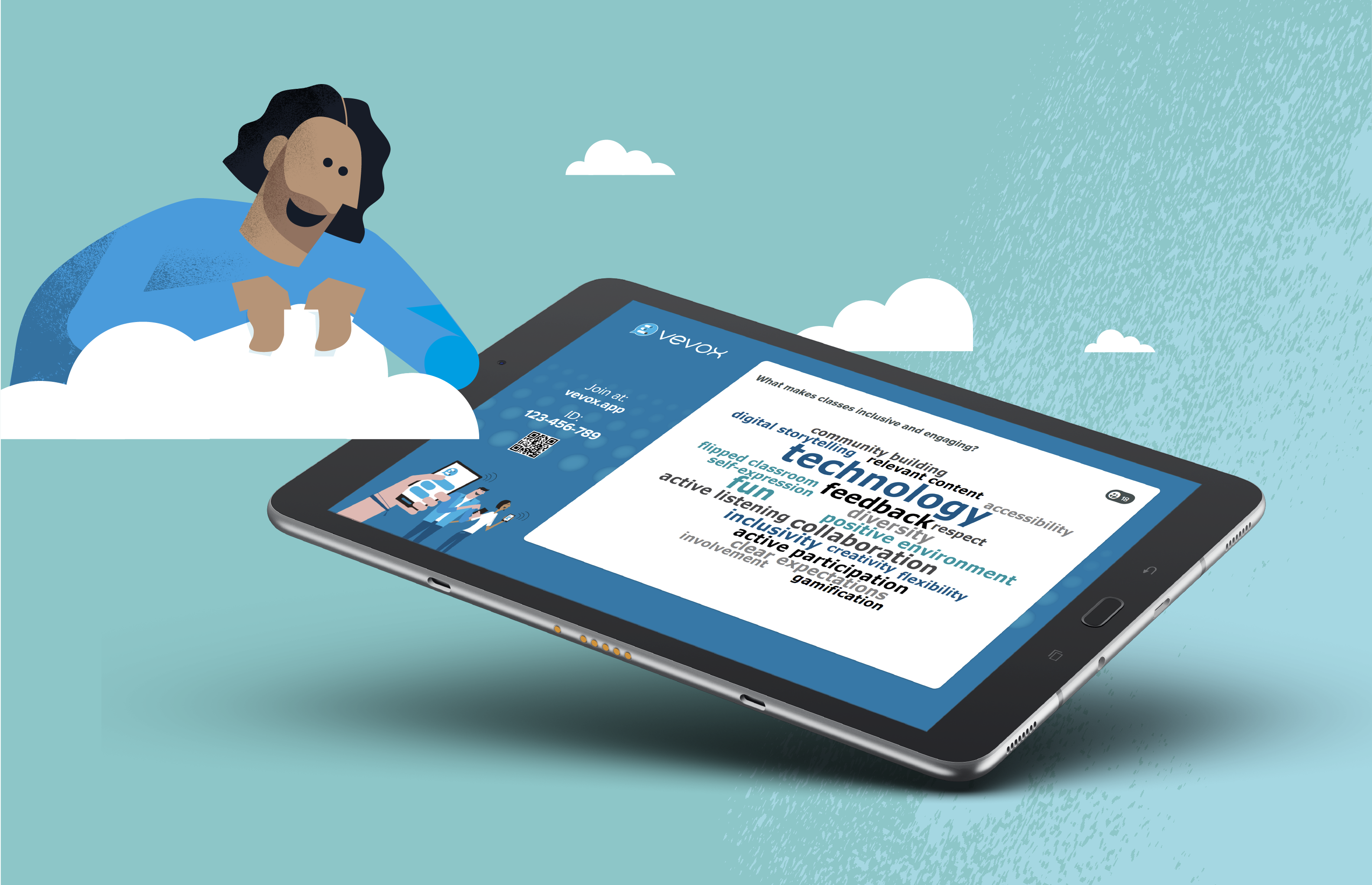
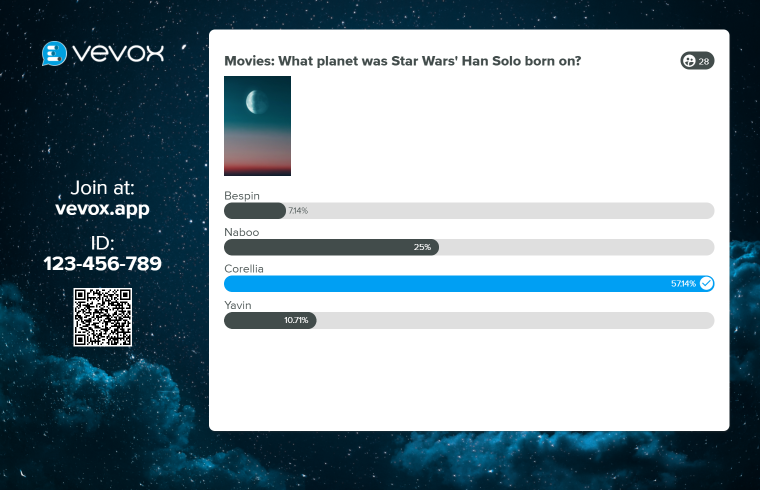.png)
